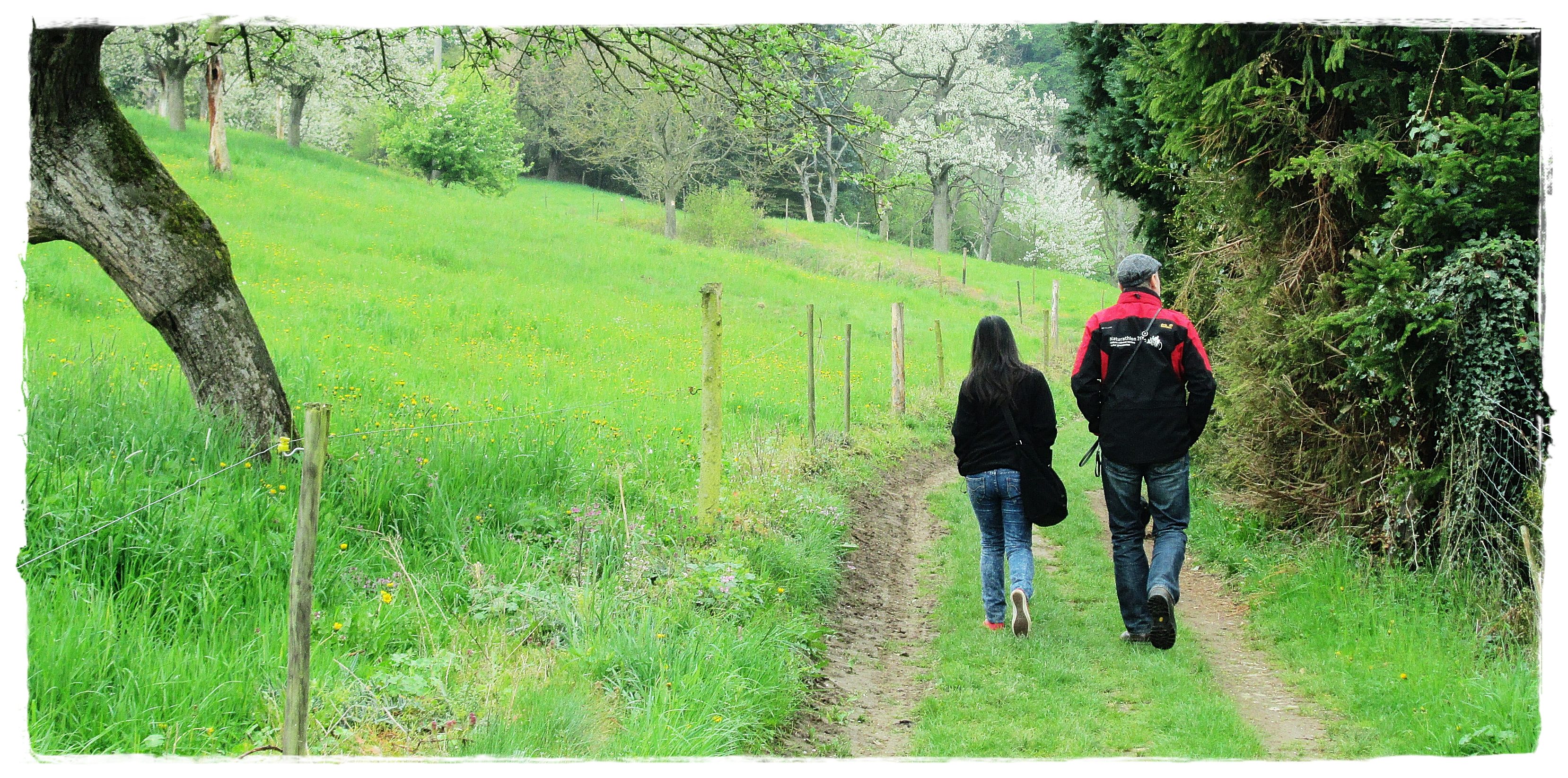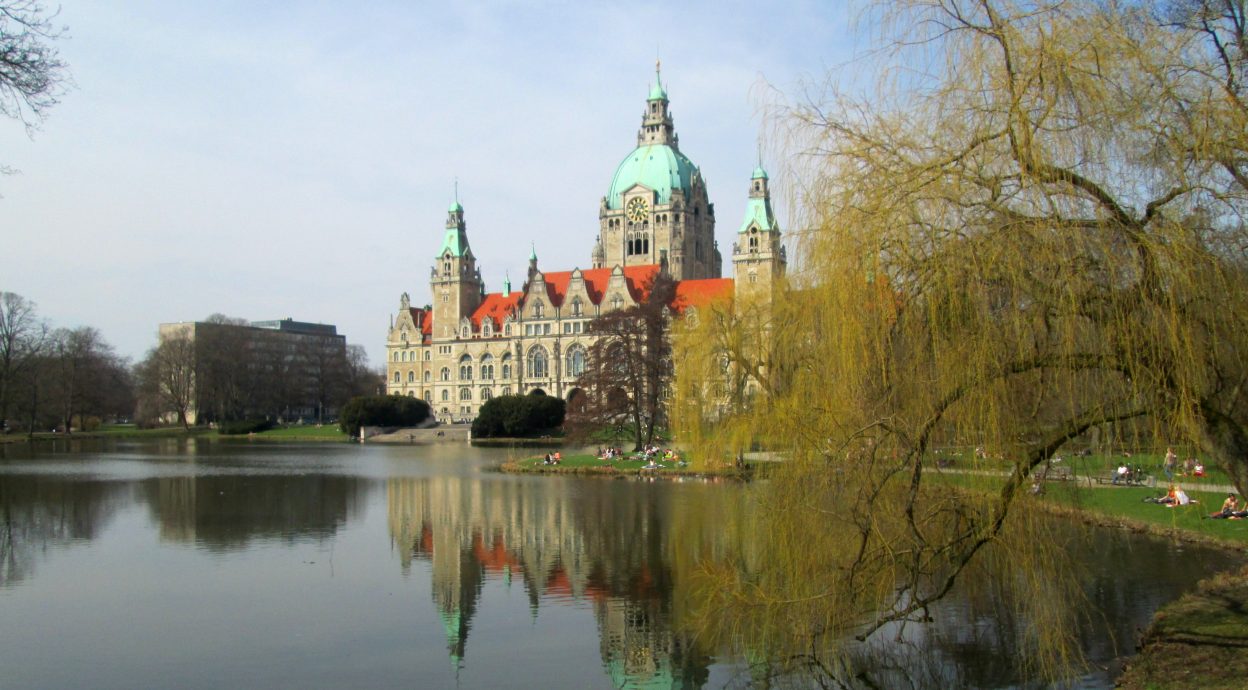Boracay, Philippines – Landing on the white sand paradise of Boracay Island is worth the ten-hour ferry-taxi-bus-jetty-tricycle ride that used up most of our Friday time. My family along with some friends decided to have a weekend trip to the world’s renowned beach resort.

Despite the exhausting ride, setting foot on the island makes one forget the bother and take pleasure in the cornucopia of white beaches, foreign and local tourists, shops filled with colorful wares, foods, fruits and liquors in abundance.
After checking in at La Carmela de Boracay, which offered us the best service so far, with a welcoming cold drink of some tropical fruit, dropped our baggage and headed towards the beach made us feel like home within Paradise Island.
A scrumptious buffet dinner was served by 7PM which my husband, Eric, my children Erika Ritz and Erick, my very dear friend Hannah Emde, Andrea Mae Libo-on, Faith Perfecto and Sven Barth enjoyed so much.
Indeed, not only during the day did the island made the weary travelers and tourists in high spirit, but at night when the first lamplight was turned on and gone were the lounges on the beachfront and canopies were set up for a blend of food, cocktails, music and other live performances. This of course means, bringing in not only vacationers from the different parts of the world but also, different denominations making the economy of this little island booming.

Saturday seemed to be the most favorite day in the island with people from the different stations and accommodation rise up with the sun and break their fast as early to sail with the winds to some more beautiful islets and reefs that surround the beauty that is Boracay.
Several tour packages were being offered to visitors to further make their stay memorable which include, island hopping, parasailing, reef walking, snorkeling, banana boat ride and much more.

In our case, we rented a boat for P1, 600 for only three hours; we came to see some smaller islands around Boracay, then stopped near some reef, put on our snorkeling gear and cavort with the different species of fish in the crystal clear waters. It felt like heaven for all you can hear was the singing of the waves as it blows against our vessel, while you revel in the wonders of the fishes flirting before your very eyes and trusting your safety to the orange-vest you donned.

This is a very lucrative business in the place, having more that one unit of the vessel, taking tourists to nearby islets in every 3 hours for at least P1, 600 per trip is a sure money-spinning industry.
It surprised the group to see some small bancas selling ice cream and buko juice in the area where we snorkel. It was their ingenuity that amazed us.
Returning back to the island, passing through other caves and rock formations, we stayed the remaining hours frolicking in the waters and welcome the crisp salty winds washing through our faces. It was beyond words.
Our last night in Boracay will never be complete without bringing some souvenirs for families and friends back home. Eric and I decided to visit D’Mall where we find stalls selling affordable items ranging from shirts, bags, shorts, necklaces, earrings and other interesting bits and pieces.
Some of our company went to stay a little bit late to further enjoy the night life with fire dancing, mini-concerts and more dipping in the cool Boracay waters.
Leaving the island the following day is like bidding a part of your heart adieu, with a promise that sooner or later, another visit will be included in the list. *
Boracay Facts.
Boracay is a tropical island located approximately 315km (200 miles) south of Manila and 2km off the northwest tip of the island of Panay in the Western Visayas region of the Philippines. It is one of the country’s most popular tourist destinations. The island comprises the barangays of Manoc-Manoc, Balabag, and Yapak (3 of the 17 barangays which make up the municipality of Malay. Boracay Island is located off the northwest corner of the island of Panay, and belongs to the Western Visayas island-group, or Region 6, of the Philippines. The island is approximately seven kilometers long, dog-bone shaped with the narrowest spot being less than one kilometer wide, and has a total land area of 10.32 square kilometers. South-facing Cagban Beach is located across a small strait from the jetty port at Caticlan on Panay island, and the Cagban jetty port serves as Boracay’s main entry and exit point during most of the year. When wind and sea conditions dictate, east-facing Tambisaan Beach serves as an alternative entry and exit point.
Boracay’s two primary tourism beaches, White Beach and Bulabog Beach, are located on opposite sides of the island’s narrow central area. White Beach faces westwards and Bulabog Beach faces eastwards. The island also has several other beaches.
White Beach is the main tourism beach. It is a bit over four kilometers long and is lined with resorts, hotels, lodging houses, restaurants, and other tourism-related businesses. In the central portion, for about two kilometers, there is a footpath known as the Beachfront Path separating the beach itself from the establishments located along it. North and south of the Beachfront Path, beachfront establishments do literally front along the beach itself. In past years, Boracay entry and exit was done through three boat stations located along the Beachfront Path, but that practice was discontinued in 2007 in favor of the single-point entry and exit mentioned above. Several roads and paths connect the Beachfront Path with Boracay’s Main Road, a vehicular road which runs the length of the island. At the extreme northern end of White Beach, a footpath runs around the headland there and connects White Beach with Diniwid Beach.
Across the island from White Beach is Bulabog Beach, a secondary tourism beach and Boracay’s main windsurfing and kiteboarding area.
For Land Use and Management, the island of Boracay is divided into 400 hectares of preserved forestland and 628.96 hectares of agricultural land.
History
Boracay was then called “Land of the Atis” because the first settlers of the island are the Negritos or Atis. The Negritos farmed and fished in Boracay for centuries. During the 1940′s and 1950′s, the Boracaynons or the people of Boracay, depended largely on fishing and coconut plantation. Copra, the dried meat of coconut, was traded to businessmen from Aklan in exchange for rice and other goods and commodities.
In the 1960′s and 1970′s, Boracay became popular among families from Panay. When a German writer published a book about the Philippines in 1978, describing Boracay history and the beautiful island in details, the island was introduced to the world.
This mark the beginning of tourist “boom” with tourist.
Since then, the onset of tourism changed Boracay completely. As word of its exceptional beauty–specifically the immaculate white sands of White Beach spread, tourists began arriving. Suddenly, from a sleepy, sparsely populated island, Boracay was transformed into a major destination on the international travel circuit. Whether the change was for the better or worse is an open question, but it was certainly a turning point in the history of Boracay Island. (http://www.boracayisland.org/)



